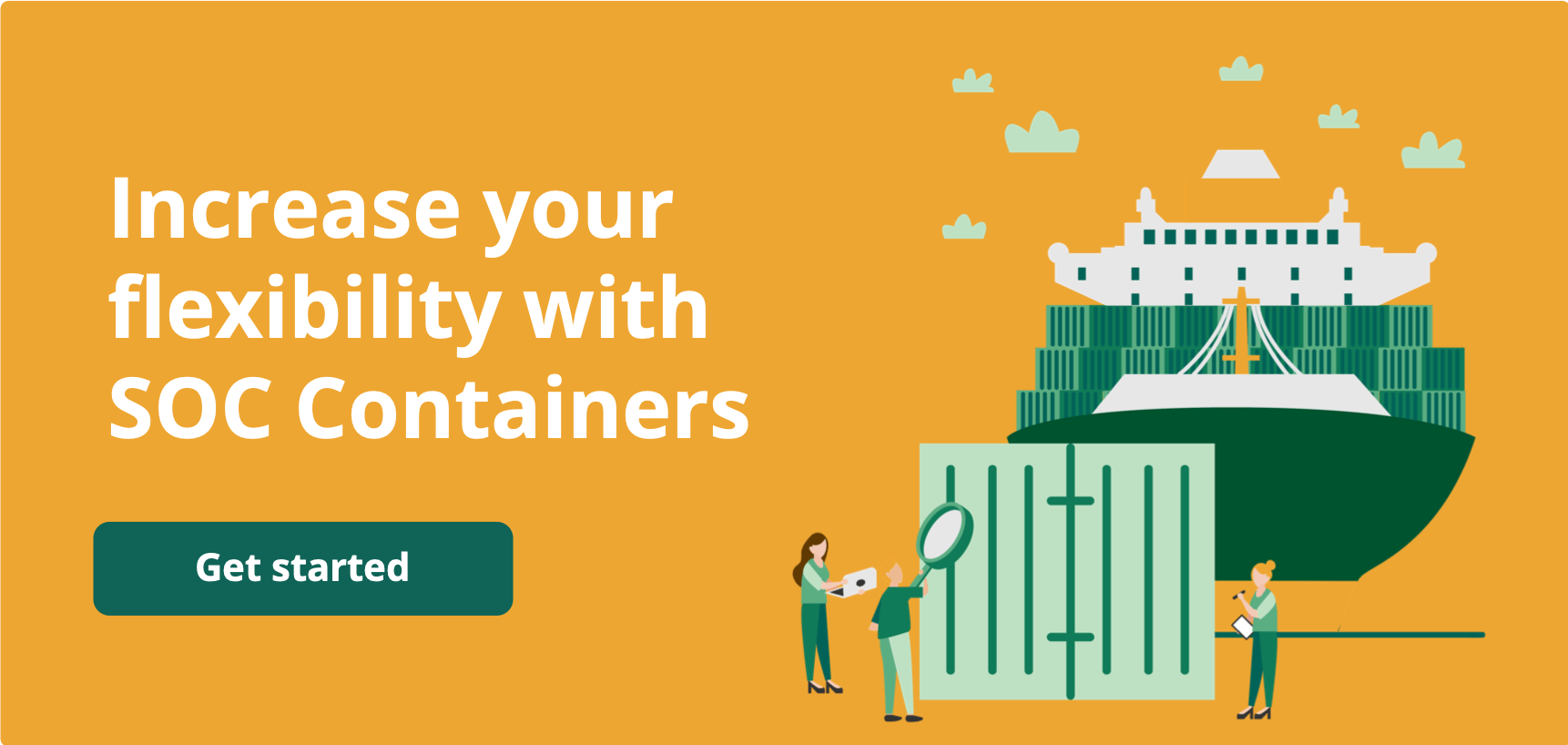It typically takes three to six months for these sectors to bounce back after containment measures – based on the experience of the 2003 SARS epidemic – however a “fast V-shaped recovery is becoming less likely by the day”, Bain & Company has warned.
Reality is that nobody knows about how long it will take to fully recover and what to do against it. But we don’t want to complain any further – let’s take a look into the future of container logistics. Because every crisis also represents a great opportunity. The Netherlands, for instance, used the oil shocks of the 1970s to redesign it’s road policies. Focusing on people, not cars, they’ve become one of the greenest and healthiest nations since then. Let’s take a look into what container logistics will be like in a world after coronavirus! What is going to change and what opportunities do businesses have right now? Let’s go through a few possible scenarios!
Transparency through digitalization
Coronavirus is now serving as a catalyst for many people to come up with workarounds that could eventually become permanent such as video calls, remote work or moving most parts of their business and operational processes online. “The developments of COVID-19 over the past weeks massively increased the relevance of e-booking solutions”, Laura Weritz, Senior Marketing Manager at cargo.one confirms. Some shipping and logistics companies are even “pushing” an accelerated usage of their online tools to prioritize their scarce resources. Doing so, logistics companies improve their speed, accuracy and efficiency – something that will most likely not change afterwards.
Fauzan Chataiwala, Director at Lancer Container Lines, said: “Right now we’re forced to rely on digital solutions for every aspect of the business and I think we will stick to it even after the crisis has ended!”. Running xChange, the neutral online platform in container logistics, we can also see a trend as website traffic has increased by 40%. March was a record month in terms of activity and transactions on the platform.
Relying on digital solutions can also lead to improved customer service. How? Through the use of online platforms and supply chain transparency, logistics companies have more data points such as ETAsWhat is estimated time of arrival? Estimated time of arrival, commonly known as ETA, is a frequently used term globally to denote the time of coming. In the shipping & logistics industry, it is ... More or electronic Bills of Lading that enable them to communicate with their customers more precisely and on time. Resilinc has found out that more than 70% of 300 respondents to their survey said they were still in data collection and assessment mode, manually trying to figure out which of their suppliers had a site in the specific locked-down regions of China.
Investments into automation
Just as with digitalization, automation of the physical part of the industry has also been underway for several years and as such, the pandemic is not a game-changer but will serve to accelerate the development. We will see a more rapid uptake in remote-controlled technology that enables the use of skilled people without a physical presence at a specific location. We will likely also see an acceleration in the use of fully autonomous equipment. Thinking about container terminals, we believe that especially gates, yards and quay cranes will be prioritized. Especially concerns such as the high costs or labour protection should have less of an impact going forward. It’s the right time to make such decisions nowadays!
Reduction and diversification of risk
China represents 30% of global manufacturing, and 51,000 companies globally have tier-one suppliers located in the country. Most companies can not ignore this anymore and are forced to diversify their risk. Relocating, for instance, their production to other Asian countries is also huge chance for neighbours such as India or Vietnam to step up.
Nerijus Poskus, Flexport global head of ocean freight confirms that in an interview with Freightwaves: “Yes, people got scared when China shut down. They realized that single-sourcing is a risk. And it’s not just coronavirus, it was the tariffs before that.People have realized it’s too risky to have all their eggs in one basket in any one country. There will be more multiple-sourcing outside of China, including in Southeast Asia and India.”
We expect customers to pause and consider the resiliency of their supply chain models while they navigate both the short-term lack of activity and the inventory surge to follow. In the medium term, one of the easiest ways to build more resiliency into supply chains is to reassess ideal inventory volumes, which adds to logistics demand.
Equipment flexibility
“In the short term, most expect limited supply of both new and used containers in North America. Increased demand for the limited number of units will very likely push prices higher. What we don’t know is what the demand for portable storage here in North America will look like in the months ahead given slowing economies”, says the NPSA about current equipment availability.
In the past, everything was more or less consistent. Shipping lines knew roughly how many containers they needed on a weekly and monthly basis in any single location.
But because of the current situation, it becomes more important to have alternatives ready going forward. It can be regional events or global pandemics, but logistics companies will most likely reassess their container liquidity. Especially for their deficit locations they will have repositioning plans in place or use online services such as Container xChange to quickly adapt to changing supply & demand.
How does coronavirus impact your business? Feel free to get in touch with our expert team to find individual solutions to your current problems. Our team of experts can help you with finding new partners in various ports and gaining transparency in container operations. Click on the banner below to learn more and schedule a free demo.


